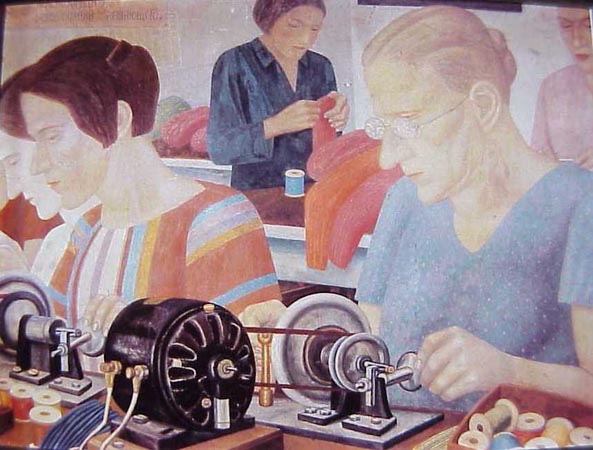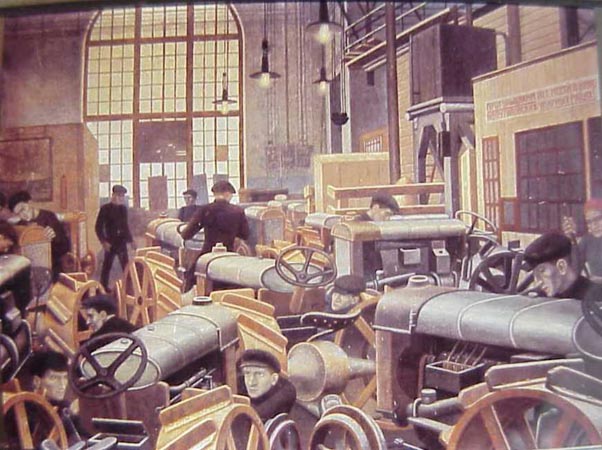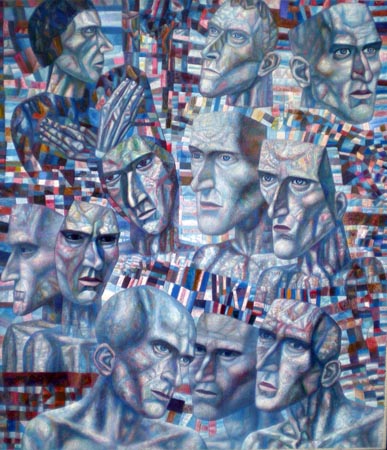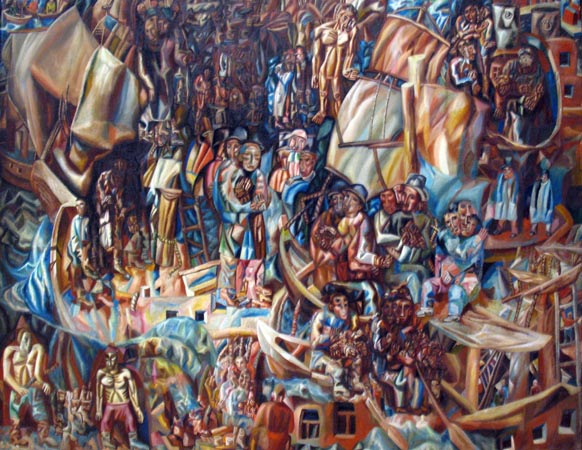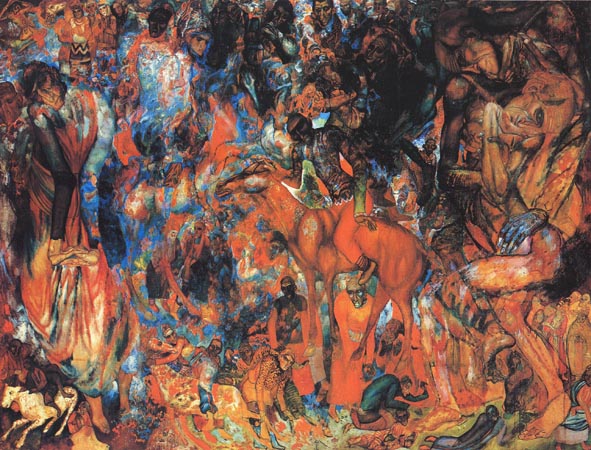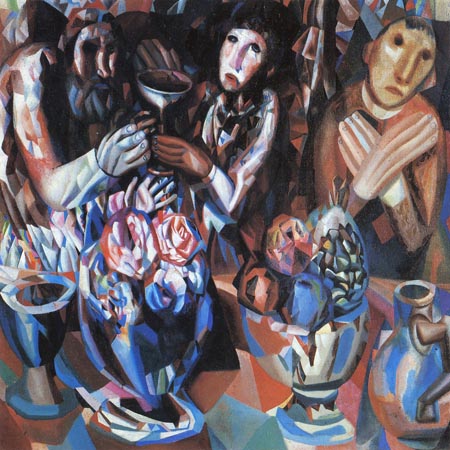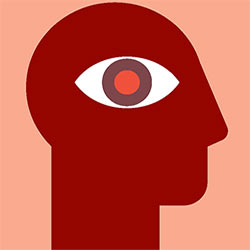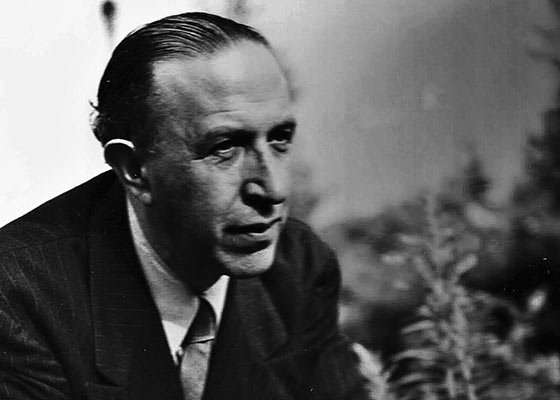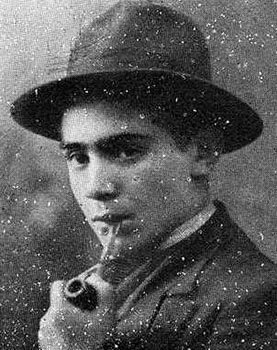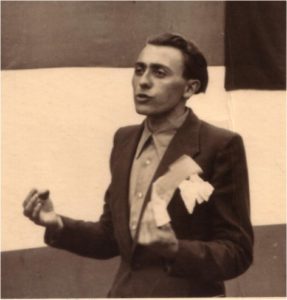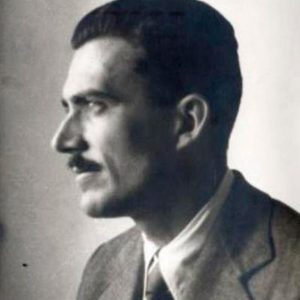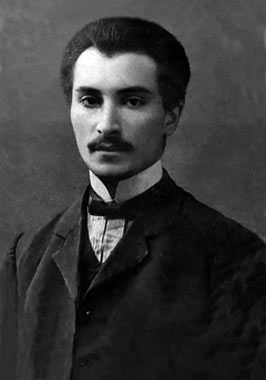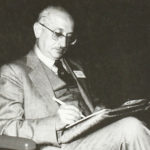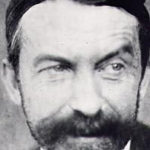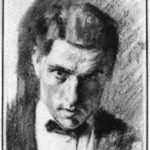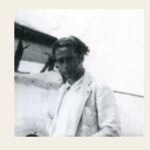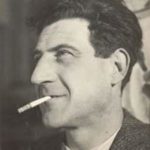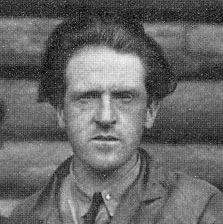
Filonov Pavel
(English)
Filonov was born in Moscow on January 8, 1883 (Gregorian calendar) or December 27, 1882 (Julian calendar). In 1897, he moved to St. Petersburg where he took art lessons. In 1908, he entered St. Petersburg Academy of Arts, from which, he was expelled in 1910.
In 1910–1914, he took part in the arts group Soyuz Molodyozhi created by artists Elena Guro and Mikhail Matyushin. In 1912, he wrote the article The Canon and the Law, in which, he formulated the principles of analytical realism, or “anti-Cubism”. According to Filonov, Cubism represents objects using elements of their surface geometry but “analytical realists” should represent objects using elements of their inner soul. He was faithful to these principles for the remainder of his life.
During the years 1913 to 1915, Filonov was close to Vladimir Mayakovsky, Velimir Khlebnikov, and other futurists. He co-illustrated Khlebnikov’s Selected Poems with Postscript, 1907–1914 alongside Kazimir Malevich during this time. In the autumn of 1916, he enlisted for service in World War I, and served on the Romanian front. Filonov participated actively in the Russian Revolution of 1917 and served as the Chairman of the Revolutionary War Committee of Dunay region.
In 1919, he exhibited in the First Free Exhibit of Artists of All Trends at the Hermitage. In 1923, he became a professor of St. Petersburg Academy of Arts and a member of the Institute for Artistic Culture (INKhUK). He organized a large arts school of Masters of Analytical Realism (over seventy artists). Their work influenced suprematism and expressionism.
In 1929, a large retrospective exhibition of Filonov art was planned at the Russian Museum; however, the Soviet government forbade the exhibition from going forward. From 1932 onward, Filonov literally starved but still refused to sell his works to private collectors. He wanted to give all his works to the Russian Museum as a gift so as to start a Museum of Analytical Realism. He died of starvation on December 3, 1941 during the Nazi Siege of Leningrad.
(Spanish)
Nacido en Moscú, en 1897 se mudó a San Petersburgo donde tomó clases de arte. En 1908, ingresó en la Academia Imperial de las Artes de la mano de Jan Ciągliński y de donde fue expulsado en 1910. Entre 1910 y 1914 formó parte del grupo artístico Unión de la Juventud (Soyuz Molodyozhi, Союз Молодежи) creado por Yelena Guró y Mijaíl Matiushin. En 1912, formuló los principios del arte analítico o anticubismo en su artículo El canon y la ley. Según Filónov, « el cubismo representa objetos usando elementos de su superficie geométrica, pero los “realistas analíticos” deberían representar objetos usando elementos de su alma interior».
Entre 1913 y 1915, se relacionó con el futurismo ruso y coilustró con Kazimir Malévich obras de Velimir Jlébnikov.1 En otoño de 1916, se alistó para servir en la Primera Guerra Mundial en el frente rumano. En 1919, expuso en la primera exposición libre del Hermitage y en 1923 se hizo profesor de la Academia de las Artes y miembro del Instituto para la cultura artística (INKhUK). En 1929, el Museo Estatal Ruso preparó una retrospectiva suya, pero el gobierno soviético prohibió esta exposición. Desde 1932, Filónov, literalmente desnutrido, se negaba a vender sus obras a coleccionistas privados para que fueran un regalo para el Museo Ruso. Murió de inanición durante el Sitio de Leningrado.
